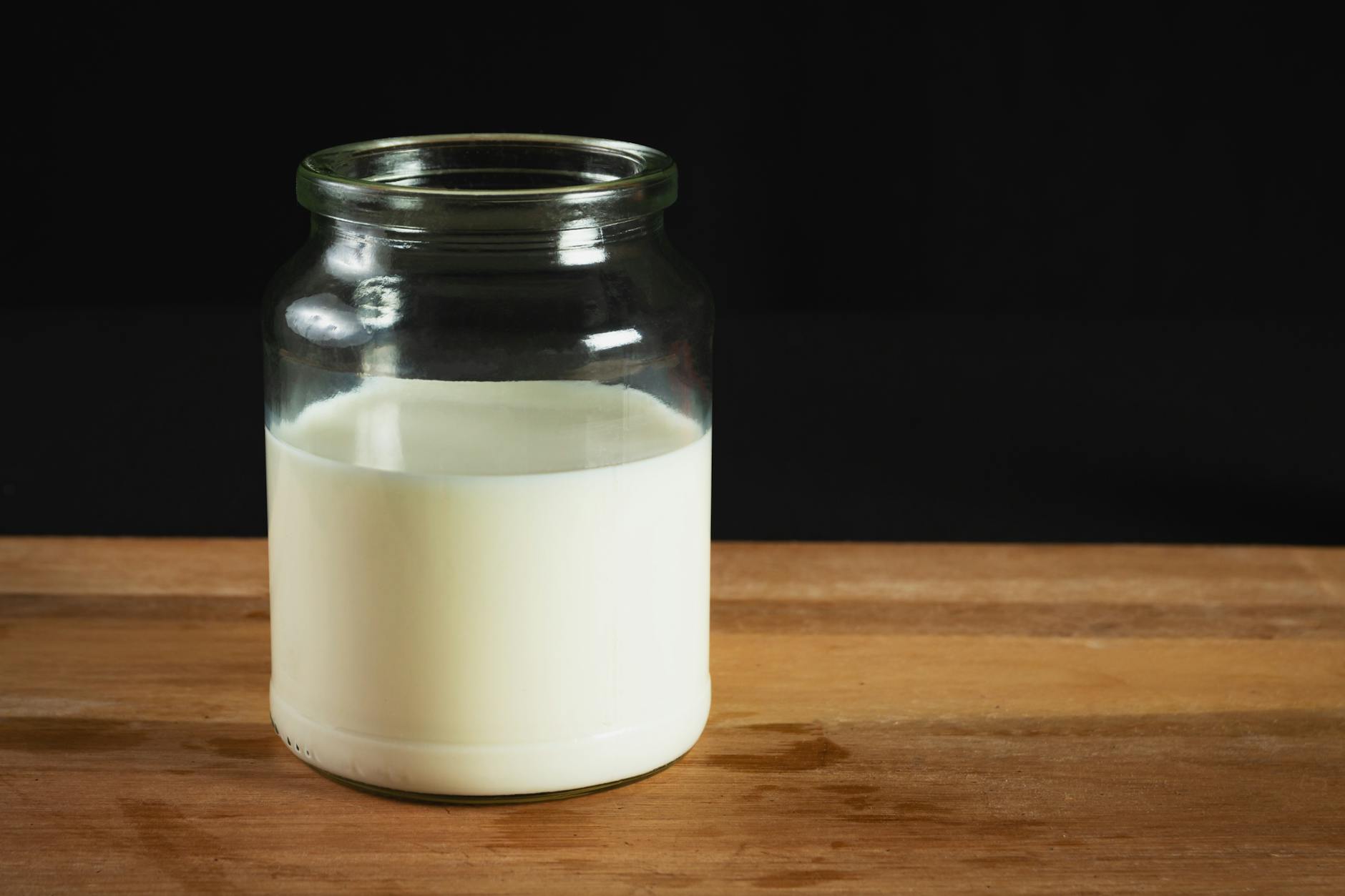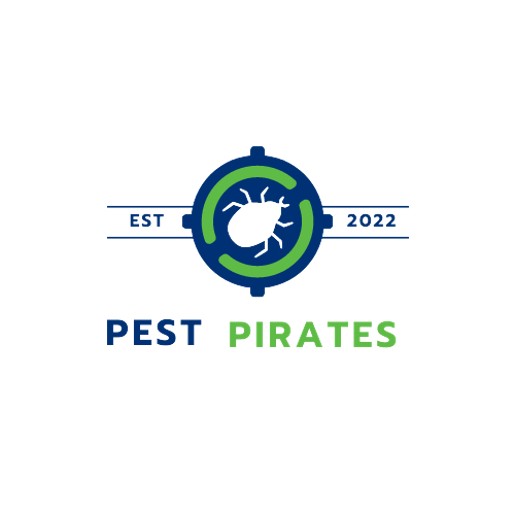
Liquid Termiticides
When you’re facing a termite invasion, liquid termiticides are a common and powerful ally. This type of treatment can create an effective barrier around your home, protecting you from these wood-devouring pests.
How Liquid Termiticides Work
Liquid termiticides function by establishing a chemically-treated zone around and beneath the foundation of your home. When termites attempt to pass through this barrier, they come into contact with the termiticide, which is either lethal on contact or acts slowly to allow the termites to carry the poison back to their colony, infecting others.
The application process typically involves digging a trench around your home’s perimeter and possibly drilling holes through slabs or other hard surfaces. The liquid termiticide is then poured into these trenches or holes to soak into the soil and create a protective barrier.
This method is particularly effective for eliminating termites quickly, which is essential when you’re dealing with potential structural damage or are preparing to sell your property. It’s a direct and proactive approach to termite management that has been trusted by homeowners for years.
Effectiveness of Liquid Termiticides
Liquid termiticides are renowned for their effectiveness in providing immediate termite elimination and long-term protection. They are often the go-to method for existing homes with infestations and during the construction phase of new buildings.
The effectiveness of liquid termiticides can last for several years, making them a cost-effective solution compared to other treatment options. Additionally, they offer a fast-acting solution to termite problems, quickly reducing the likelihood of further damage to your home.
Here is a snapshot of the effectiveness factors to consider with liquid termiticides:
| Factor | Detail |
|---|---|
| Speed | Fast-acting, immediate results |
| Duration | Long-lasting, several years of protection |
| Cost-Effectiveness | More affordable over time |
| Versatility | Suitable for both pre-construction and existing homes |
It’s important to consult with a reliable termite control company to determine the best type of treatment for your specific situation. Should you prefer a DIY approach, be sure to research homemade termite killer recipes or organic termite treatment options for a more natural solution. Regardless of the method you choose, ensure you understand the average termite treatment costs and the factors affecting termite treatment to make an informed decision for your home.
Termite Baiting Systems
When confronting the challenge of termites, you have a variety of treatment options at your disposal. One increasingly popular method is the use of termite baiting systems. Below, we’ll provide an overview of how baiting systems work and highlight their benefits.
Overview of Baiting Systems
Termite baiting systems are a strategic approach to termite control that involves the installation of bait stations around your property. These systems use monitors to detect termite activity before bait is inserted. Contrary to some beliefs, these stations do not attract termites; instead, they rely on worker termites stumbling upon the bait and then consuming it. The bait is then shared with other colony members, effectively spreading the treatment throughout the termite population (NC State Extension Publications).
Baiting systems utilize slow-acting insect growth regulators that specifically target immature termites. It typically takes several months to see a substantial reduction or elimination of the entire colony. To ensure effectiveness, the baiting program continues year-round with proper monitoring and maintenance of the bait stations.
Benefits of Baiting Systems
Termite bait systems offer several advantages over traditional liquid termiticide treatments. Here are some of the benefits you can expect from opting for a baiting system:
-
Environmental Impact: Bait stations have a low environmental impact compared to liquid treatments. They are designed to disrupt the lawn and landscape minimally and do not require invasive procedures, such as drilling into the foundation of your home, which is often necessary with liquid termiticides (Target Specialty Products).
-
Minimal Disruption: Since there is no need for extensive drilling or soil trenching, baiting systems can be installed with little to no disruption to your daily life.
-
Colony Elimination: The bait contains substances that are slow-acting, allowing termites to return to their colony and spread the bait to others, which can eventually lead to the colony’s elimination.
-
Safety: With baiting systems, there is less risk of exposure to harmful chemicals for you, your family, and your pets, making it a safer alternative to liquid termiticides.
-
Targeted Approach: Termites mark bait sites with pheromones once they identify them as viable food sources, which encourages more termites to forage on the bait. By placing additional bait stations in areas of known activity, the treatment becomes more effective.
-
Sustainability: Bait stations are considered an environmentally friendly approach to termite management. They target infestations without the need for environmentally harmful chemicals, making them a preferred method for homeowners who are conscious about their environmental footprint (Zippests).
-
Monitoring: Baiting systems include a monitoring component, which helps to keep track of termite activity and gauge the effectiveness of the treatment over time.
For those considering termite baiting systems, understanding the types of termites you’re dealing with is crucial, as different species may respond differently to baiting systems. Additionally, consider the average termite treatment costs and weigh them against the long-term effectiveness and safety offered by baiting systems. If you’re grappling with the decision between DIY vs professional termite treatment, remember that professional pest control services can offer valuable insights and expertise to ensure that the baiting system is properly installed and maintained.




